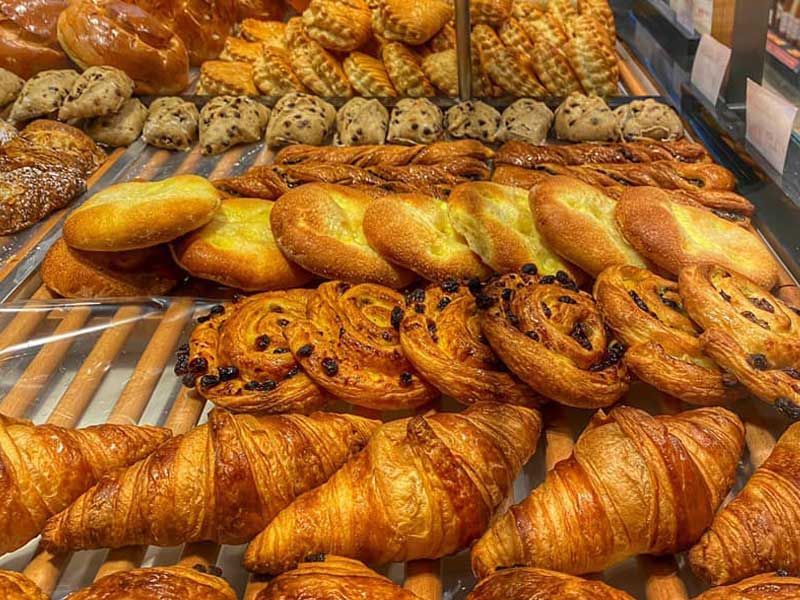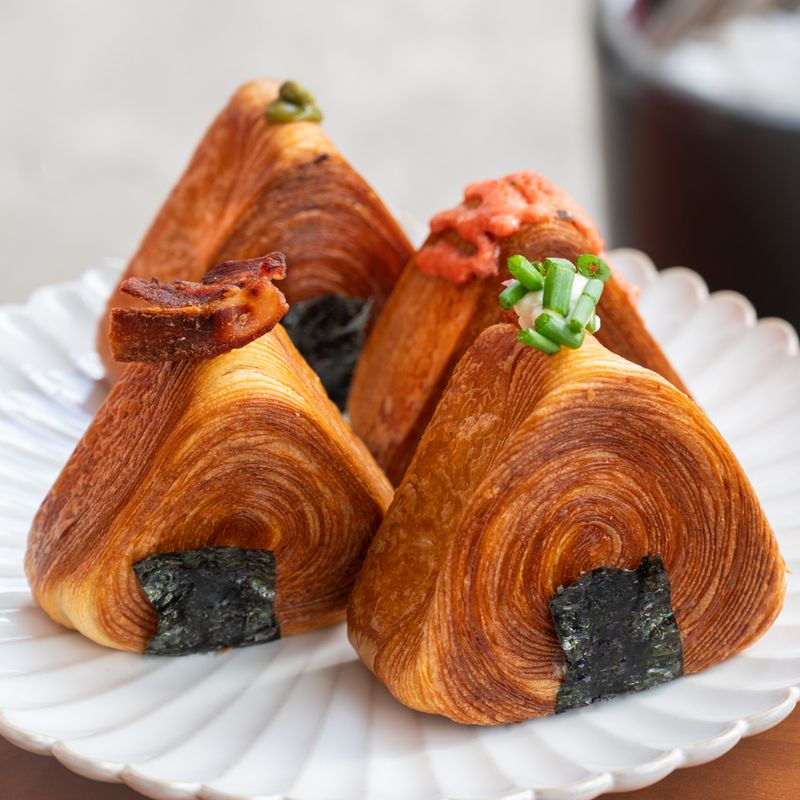Croissants and baguettes are staples of French cuisine, yet their prices tell a different story. While both are beloved for their unique textures and flavors, croissants often come with a heftier price tag. This can be attributed to various factors ranging from ingredients to craftsmanship. Let’s explore the diverse reasons behind this price difference and appreciate the artistry involved in baking these iconic breads.
Artisanal Craftsmanship

Creating a croissant is an art form that demands precision and patience. Starting with a meticulously kneaded dough, the baker layers it with butter, folding multiple times to achieve its signature flakiness. This intricate process requires expertise and time, contributing to the croissant’s higher cost.
In contrast, shaping a baguette is more straightforward, focusing on creating the perfect crust and airy interior. While both require skill, the croissant’s complexity sets it apart, making each bite a testament to the baker’s craft.
Butter Quality

The quality of butter used in croissants profoundly influences both flavor and cost. Bakers opt for premium, high-fat European butter, known for its rich taste and superior performance in pastry making. This choice not only enhances flavor but also increases the production cost.
Baguettes typically use less butter, focusing instead on the fermentation process to develop flavor. The buttery layers in croissants, however, require this luxurious ingredient, justifying their price.
Time-Intensive Process

Crafting croissants is a labor-intensive process that spans several hours, or even days. The dough must undergo multiple resting periods to allow gluten development and the butter to chill between folds. Each step is crucial for achieving the desired texture and flavor.
This extended preparation time contrasts with the quicker baguette-making process, which is less demanding in terms of resting and folding. The time investment in croissants is a key factor in their price.
Complex Ingredients

Croissants require a precise combination of ingredients to create their delicate layers and rich flavor. High-quality flour, sugar, and yeast are essential, but it’s the butter that plays a star role, demanding a significant portion of the ingredient budget.
Baguettes, on the other hand, are made from a simpler set of ingredients: flour, water, yeast, and salt. This simplicity in recipe contributes to their lower cost compared to the more ingredient-intensive croissant.
Temperature Control

Maintaining precise temperature control is vital in croissant production. The dough and butter must be kept at specific temperatures to ensure proper lamination. Specialized equipment and careful monitoring are necessary, adding to the cost of making croissants.
Baguettes, in contrast, are more forgiving and don’t require such stringent temperature management. This difference in process sophistication influences the pricing.
Specialized Equipment

Croissant production often involves specialized equipment such as dough sheeters to achieve thin, even layers and temperature-controlled proofers. These tools are essential for consistency but represent a significant financial investment for bakeries.
Baguettes can be prepared with more basic tools, which reduces initial costs. The need for high-end equipment in croissant making is another reason for their price difference.
Skilled Labor

Making croissants demands a high level of skill and experience. Bakers must master the delicate art of laminating dough, a technique that involves folding and rotating the dough to create layers. This expertise ensures a perfect balance of flaky texture and buttery flavor.
Baguettes require skill as well, but the techniques differ in complexity. The need for highly skilled labor in croissant production contributes to their cost.
Market Demand

The demand for croissants, especially in metropolitan areas and upscale markets, often surpasses that for baguettes. This popularity drives up their price, as bakeries capitalize on the love for these flaky pastries.
While baguettes remain a staple in many households, the allure of freshly baked croissants, with their rich aroma and taste, ensures a higher market demand and price.
Flavor Complexity

Croissants are celebrated for their complex flavor profile, achieved through the caramelization of butter and sugar in the layers. Each bite offers a rich, buttery taste that is both satisfying and indulgent.
Baguettes provide a simpler taste experience, focusing on the natural flavors of fermented dough. The complexity of flavors in croissants is a key factor that justifies their higher price.
Cultural Prestige

Croissants hold a special place in French culture, often associated with luxury and indulgence. Enjoying a croissant is not just about taste; it’s an experience that evokes a sense of sophistication and tradition.
This cultural prestige elevates their status and price, distinguishing them from the everyday baguette, which, while beloved, does not carry the same connotations.
Variety and Innovation

Bakeries often innovate with croissants, offering a variety of flavors and fillings such as almond, chocolate, and savory options. This creativity requires additional ingredients and experimentation, adding to the cost.
Baguettes typically remain traditional, leaving less room for variation. The innovation and variety offered by croissants cater to diverse tastes, influencing their market value.
Leave a comment